
 Department of City Planning311
Department of City Planning311 Search all NYC.gov websites
Search all NYC.gov websites
Archived: Staten Island/Bronx Special Districts Text Amendment

DCP withdrew the proposed Staten Island Special Districts zoning map amendment (C 190429 ZMR) on June 10, 2019 and Bronx Special District zoning map amendment (C 190403 ZMX) and zoning text amendment (N 190430(A) ZRY) on Oct. 10, 2019.
This page provides archived material solely for informational purposes.
FAQ
Why did the city propose changing the existing special district regulations in Staten Island?
Over the decades, DCP has established important best practices, and our understanding of the natural environment has evolved significantly—revealing the importance of larger natural resources, such as large parks and forests. The technology has also improved in the last 40 years to identify these areas more accurately. The goal of the proposal was to address the broader ecological context and incorporate best practices to create firm, clear and mandatory rules that balance appropriate development with protection of the natural resources and achieve predictable outcomes for the natural environment and property owners.
While the current regulations have resulted in good outcomes and preservation of many natural features, the regulations allow property owners to remove or modify natural features through a siteby- site review by the City Planning Commission (CPC) without regard to the larger ecological context. Over time, this has resulted in inconsistent application of the rules and created unnecessary cost and time burden for small homeowners. For example, in Todt Hill located within the Special Natural Area District, regulations often require discretionary review by the City Planning Commission (CPC) even for a single-family home seeking to build a modest addition. In neighborhoods such as Silver Lake in the Special Hillsides Preservation District, regulations are unclear on how sites with steep
slopes and hillsides should be developed and the existing rules and discretionary framework allow a variety of outcomes that may or may not be aligned with the City and community’s objectives and expectations. In neighborhoods such as Charleston or Richmond Valley in the Special South Richmond Development District, larger sites with natural features can go without any review and result in loss of valuable natural resources. The lack of review of big developments in certain areas and unclear standards have, at times, resulted in unpredictable outcomes that can be undesirable to the broader community and ecosystem.
Our objective was to streamline regulations within the special districts while creating a consistent framework across the special districts that balanced the development of privately owned sites with the preservation of those natural features (such as forever wilds, wetlands, blue belts, old-growth trees, and steep slopes) that are most significant and important to the community. By codifying best practices and incorporating current science, our aim was to provide predictable rules that allowed most small developments to proceed as-of-right while also preserving natural features and ensuring planning for larger sites responded to the community’s priorities.
Who was involved in the planning process?
DCP met with, received input from and provided updates to all the local community boards and convened advisory groups that included representatives of local civic organizations, architects, landscape architects, environmental groups, elected officials, institutions and city agencies since April 2015 to inform a review of the main issues to consider and to create guiding principles for updating the regulations of these special districts.
How would the proposed Special Districts regulations shape development and neighborhood character?
The special districts were established to ensure development rights and natural features werebalanced and protected. Communities have expressed that it is important to maintain and enhance the neighborhood character of these special districts, which are clearly defined by their significant trees, greenery, wetlands and open space areas. Under the proposed regulations, SNAD would have shaped development by focusing on outcomes—for instance connecting larger natural resources such as parks and waterways, promoting greater biodiversity and preserving the tree canopy. The changes would establish firm limits to modification of natural features. On larger sites (one acre or more) with existing habitat, a portion of the habitat would be designated for preservation in perpetuity.
Natural features add significantly to the value in these neighborhoods. The proposed regulations were designed to support and enhance neighborhood character by preserving steep slopes and large trees in front yards, limiting retaining walls, diversifying planting requirements, including native plant species to support biodiversity and creating permeability requirements and strengthening regulations for aquatic resources, all of which are defining features for neighborhoods within these special districts.
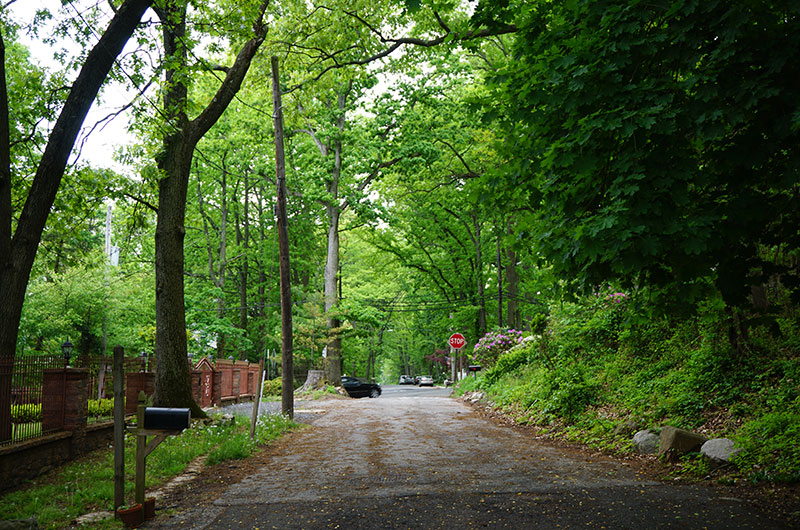
Lighthouse Hill Tree-lined neighborhood
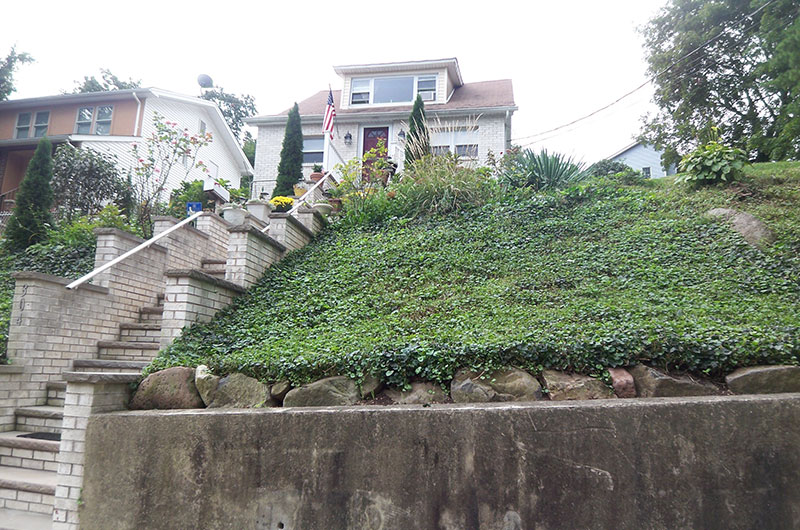
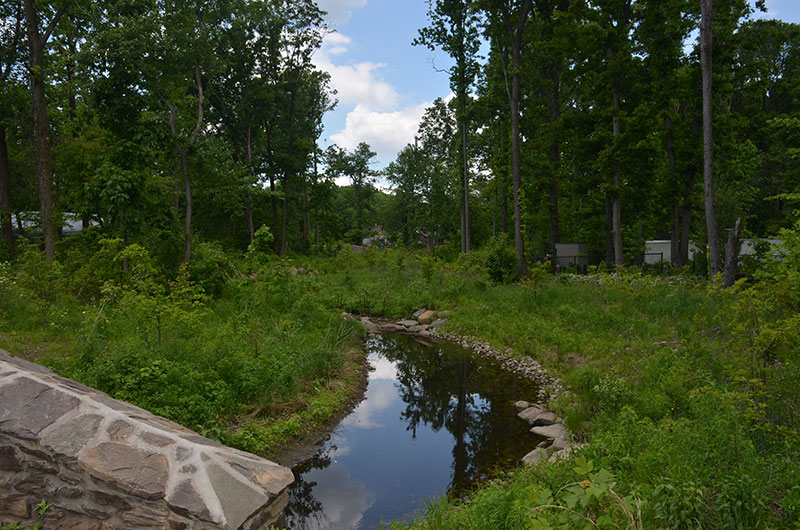
What would the proposed changes have meant to a small property owner?
The proposed changes were designed to streamline review for development on small properties, those of less than one acre. The changes established firm and clear rules and were intended to allow owners to proceed directly to the Department of Buildings (DOB) for plan review and compliance of regulations. Our best practices have shown that the current two-step process, in which a homeowner must go through public review by CPC and then also apply to DOB, adds time and expense to development projects without demonstrable benefit. Larger sites, of one acre or more, contribute more to the public realm and natural habitat and so will require public review.
Would removing public review or City Planning Commission review of small projects mean the community loses an opportunity to provide input?
While smaller properties (one acre or less) may not require approval from the CPC, they would be required to comply with firm and clear rules. Additionally, any complaints or concerns would be directed to DOB, which enforces the zoning resolution requirements. Clearer and strict rules that were developed based on 40 years of best practices identified by DCP and community input were also designed to strengthen SNAD enforcement.
Large sites (one acre or more) where outcomes are less predictable, and which have a greater impact on the wider natural habitat, would still require review by the CPC and referral to Community Boards.
How were subdivisions treated in the proposed regulations?
Under current regulations, zoning lot subdivisions follow underlying zoning regulations but require only limited consideration of natural features and are not subject to public review. Under the proposed regulations, proposed subdivisions for sites with a new private road, located in steep slopes, or adjacent to publicly owned natural resources that are proposing four or more homes would be subject to public review. In addition, sites one acre or larger would be subject to public review and would need to demonstrate that a proposed subdivision meets requirements for the protection of natural features. Subdivision of lots of one acre or more with existing habitat would require a “preservation area” of natural features to be set aside in perpetuity, to enhance the ecological connectivity. No development would be permitted in these “preservation areas” which provides much stronger regulation of these important natural areas than exists today. All other proposed subdivisions, that do not require public review, would have clear rules that allow property owners to apply directly with the DOB for approvals.
Would I have been able to garden as I wish?
Yes, along as there are no invasive species. The existing rules in all three special districts require preservation and planting of trees, and ground cover and biodiversity is protected through regulations in SNAD and Hillsides districts. To promote a predictable and consistent approach to natural areas preservation and development, the proposed regulations had requirements to preserve or plant trees and plant biodiversity gardens on all sites, with the amount of planting based on the proximity of a site to important ecological areas.
The proposed regulations were intended to encourage the preservation of old growth trees and planting of native species that support wild life and human health.
Would a natural features site assessment be required for all land use applications? What kind of professional was expected to conduct the site assessment for natural features?
DCP would pre-identify all properties that are over one acre in size that are likely to have one-quarter of an acre or more of habitat. These properties would be required to conduct a site assessment before moving forward with designing a proposed site plan for development. Only ecological specialists would be permitted to conduct these assessments. Once submitted, these assessments would become part of the public record and a part of the public review process.
How would the new regulations have been enforced?
Like all zoning regulations, SNAD regulations are enforced when a property owner seeks approvals and permits from the City (currently CPC and DOB), or when DOB receives a complaint about a property owner’s failure to comply with regulations. When a violation is issued the owner must correct the violation and pay a fine and new permits will not be issued unless the violation is corrected. DOB is strengthening the enforcement and construction safety supervision for all sites. DOB has also created an online portal to track all active construction sites to raise community awareness.
To assist with review and enforcement under the proposed rules, DCP and DOB created checklists, application requirements, and forms for inspectors and applicant professionals, and DCP had planned to provide staff support to DOB for the proposed new regulations. Other supporting documents would
include a plain language homeowners’ guide.
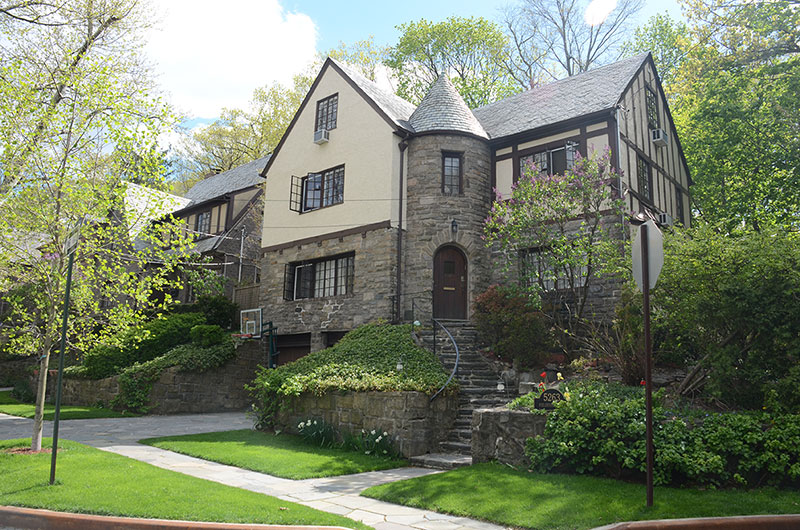
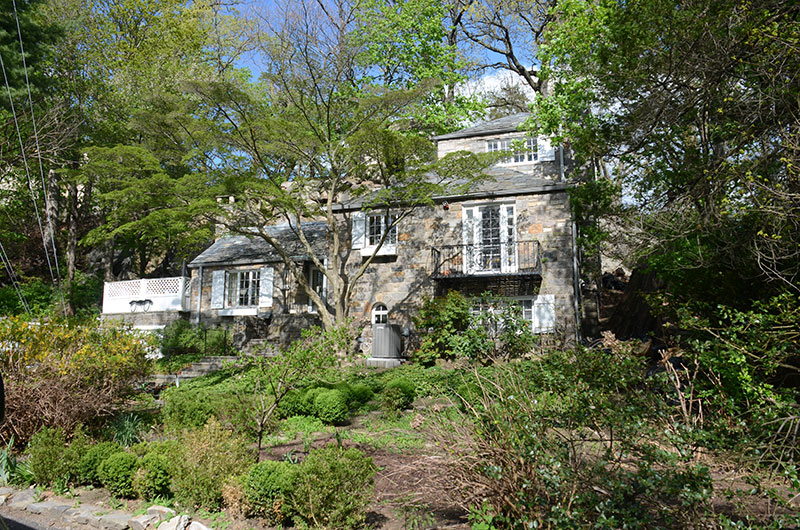
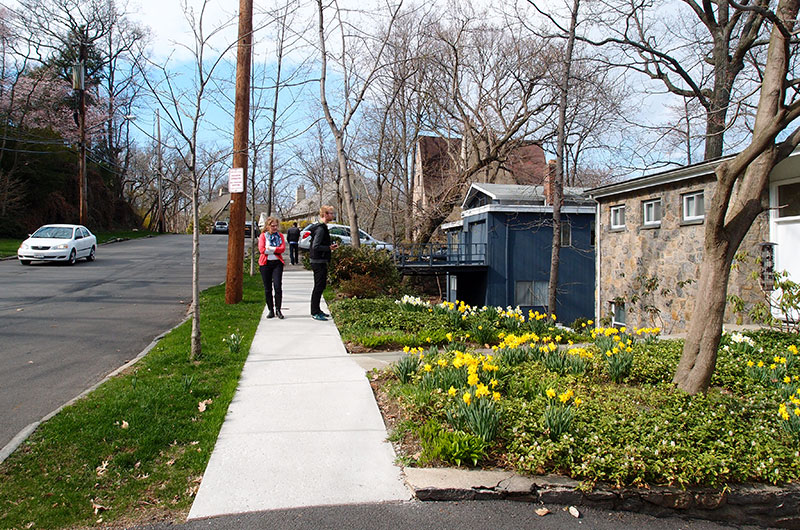
How would the SNAD regulations be enforced?
Like all zoning regulations, SNAD regulations are enforced when a property owner seeks approvals and permits from the City (currently CPC and DOB), or when DOB receives a complaint about a property owner’s failure to comply with regulations. When a violation is issued the owner must correct the violation and pay a fine and new permits will not be issued unless the violation is corrected. DOB is strengthening the enforcement and construction safety supervision for all sites. DOB has also created an online portal to track all active construction sites to raise community awareness.
To assist with review and enforcement under the proposed rules, DCP and DOB were creating checklists, application requirements and forms for inspectors and applicant professionals, and DCP had planned to provide staff support to DOB for the proposed new regulations. Other supporting documents would include a plain language homeowners’ guide.
How were subdivisions treated in the proposed regulations?
Under current regulations, zoning lot subdivisions follow underlying zoning regulations but require only limited consideration of natural features and are not subject to public review.
Under the proposed regulations, subdivisions of lots in historic districts and sites one acre or larger would be subject to public review and would need to demonstrate that a proposed subdivision meets requirements for the protection of natural features. Subdivisions of an acre or more would require a “preservation area” of natural features to be set aside, in perpetuity, to enhance the ecological connectivity. No development would be permitted in these preservation areas” which is a major strengthening to the existing natural area regulations. All other proposed subdivisions that do not require public review would have clear rules that allow property owners to apply directly with the DOB for approvals.
Would I have been able to garden as I wish?
Yes. The proposed regulations required more planting, trees and biodiversity on sites that would enhance the neighborhood character that defines the SNAD. The proposed regulations required that a minimum number of trees and a minimum square footage of planted area be maintained on a site The regulations were intended to encourage planting of native species and limit invasive species.
How did DCP get input to create the proposed regulations?
DCP convened working groups of local institutions, homeowners, landscape architects, elected officials, local civics and environmental groups and city gencies to shape the proposal, review the proposed framework, and establish core principles to guide this overhaul of the regulations. We also heard from and met with Community Board 8’s SNAD Task Force.


